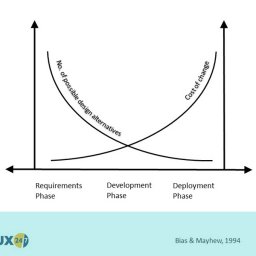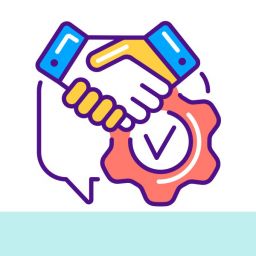
Apparently there are people who are professional respondents. I don’t mean the ones who join all the panels so that they are available to participate in research and earn a few bob for doing so. I mean those that pretend to be someone else to fraudulently con the agency and client out of the incentive.
I first became aware of this phenomenon about 15 years ago when I attended research in Manchester two weeks apart for two different clients. The clients were in two completely different sectors so realistically a respondent could qualify for both projects. However, like most good design research agencies, we have standard dis qualifiers such as:
- Can’t work in the same industry as the client
- Can’t be a journalist
- Can’t be a designer, physiologist, researcher
We also say: “can’t have participated in other design research within the past 6 months” (sometimes 3, sometimes 12 depends on the project).
So imagine my surprise when for the second project a lady joined who I recognised from the previous research. She had adopted an unsophisticated disguise as she wore very large hats. It is why I recognised her. In the first research she wore a huge Russian style hat and in this research another, similarly large and furry affair. We flagged it with the recruiter and after some forensic investigation they discovered this lady appeared in their database 3 times with different age, name, address and background.
Since then, there have been multiple occasions when we have discovered participants who are fake. Quite often we stop the session and ask them to leave and most go quietly. Fair cop as they say! We recently had one who wore glasses and a hat as a disguise, it was laughable. Although some can have 30 identifies complete with fake ID’s – we ask for proof of ID in face to face research.
The good recruitment agencies are always happy to work together to wheedle out these fraudulent respondents. We always share data between our partners and for example the fella in the glasses and hat appeared in two of our partners databases multiple times with different identities. You would be amazed at the intensity with which these fraudulent respondents are hunted down.
A recent development
Traditionally, incentives for participant in research have been paid in cash. A small brown envelope is handed over after the session and the participant signs their receipt and acceptance. The name and signature is then checked against the ID presented when they arrive. But this isn’t foolproof as illustrated above as fake ID’s are used by the serious frauds.
However, an unexpected benefit of the pandemic has been that we now pay all participants through bank transfer. And thanks to the banks identity checks this most certainly is fool proof. So this is one practice that will survive the end of the pandemic because it is a far more reliable way of identifying fraudulent behavior and blacklisting people.
Also, because we won’t pay the incentive if the identity doesn’t match, the reward is removed. Hopefully this will ultimately result in the end of this wasteful practice.
If you want to run design research with real people, who are properly vetted, ring us on +44(0)800 024624 or email us at hello@ux247.com.

















